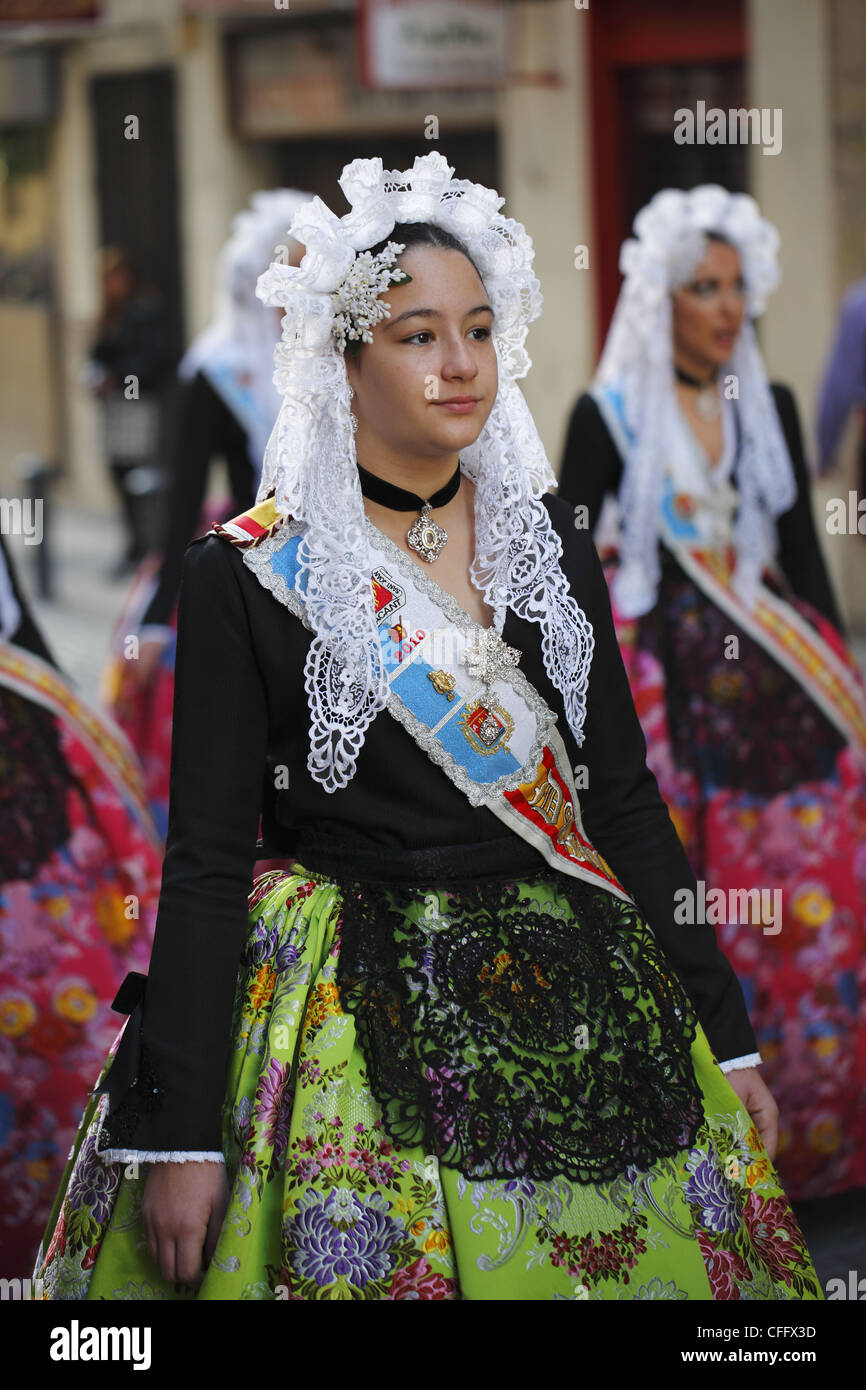

In the late 1990s and 2000s, low-cost fashion reached a peak. īy the 1960s and 70s, young people were creating new trends, and clothing became a form of personal expression, but there was still a distinction between high fashion and high street. It claimed the lives of 146 garment workers, many of whom were young female immigrants.

The first significant garment factory disaster was when a fire broke out in New York’s Triangle Shirtwaist Factory in 1911. Around this time, sweatshops emerged, along with some familiar safety issues. Many of these dressmaking shops used teams of garment workers or home workers. Dressmaking shops emerged to cater to the middle classes. Clothes became easier, quicker, and cheaper to make. The Industrial Revolution introduced new technology-like the sewing machine. You had to source your own materials like wool or leather, prepare them, weave them, and then make the clothes.

To understand how fast fashion came to be, we need to rewind a bit. Before we can go about changing it, let’s take a look at the history. It forms a key part of the toxic system of overproduction and consumption that has made fashion one of the world’s largest polluters. It plays into the idea that outfit repeating is a fashion faux pas and that if you want to stay relevant, you have to sport the latest looks as they happen. The idea is to get the newest styles on the market as fast as possible, so shoppers can snap them up while they are still at the height of their popularity and then, sadly, discard them after a few wears. What is fast fashion?įast fashion can be defined as cheap, trendy clothing that samples ideas from the catwalk or celebrity culture and turns them into garments in high street stores at breakneck speed to meet consumer demand. If you’re reading this article, you might already be aware of fast fashion’s dark side, but it’s worth exploring how the industry got to this point-and how we can help to change it. That’s when consumers really started questioning fast fashion and wondering at the true cost of those $5 t-shirts. Then in 2013, the world had a reality check when the Rana Plaza clothing manufacturing complex in Bangladesh collapsed, killing over 1,000 workers. Suddenly everyone could afford to dress like their favourite celebrity or wear the latest trends fresh from the catwalk. All these stores selling cool, trendy clothing you could buy with your loose change, wear a handful of times, and then throw away. It was all too good to be true in the oughties. But what is fast fashion? Why is fast fashion so bad? And how exactly does it impact people, the planet, and animals? Enter fast fashion and the global chains that now dominate our high streets and online shopping. Clothes became cheaper, trend cycles sped up, and shopping became a hobby. But about 20 years ago, something changed. A tragic reality check for fashionĬlothes shopping used to be an occasional event-something that happened a few times a year when the seasons changed or when we outgrew what we had. Here’s why it’s best to steer clear when you can. Fast fashion is a relatively new phenomenon in the industry that causes extensive damage to the planet, exploits workers, and harms animals.


 0 kommentar(er)
0 kommentar(er)
